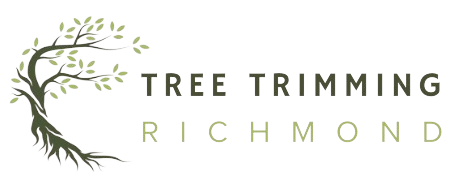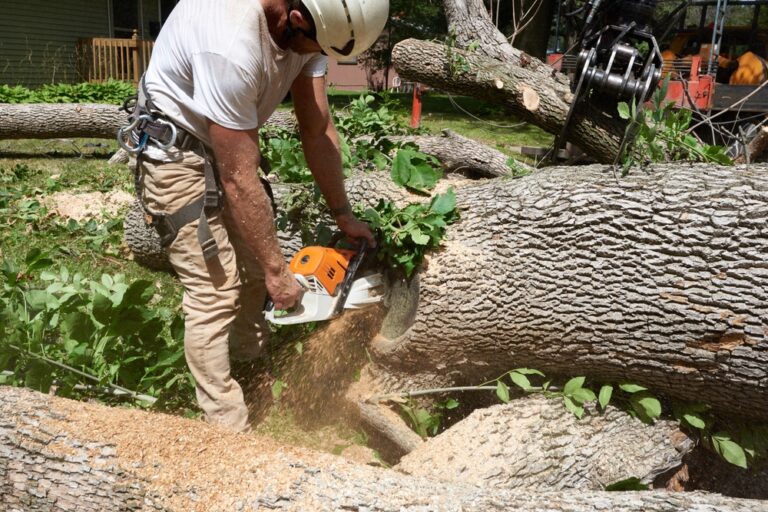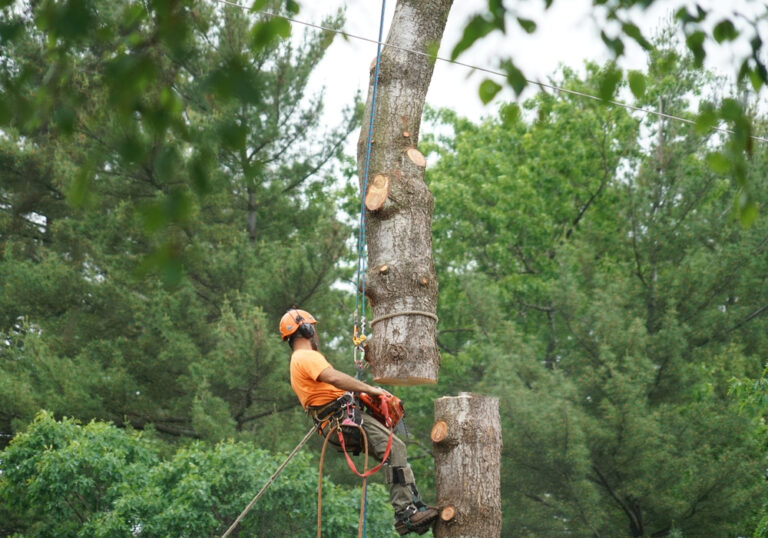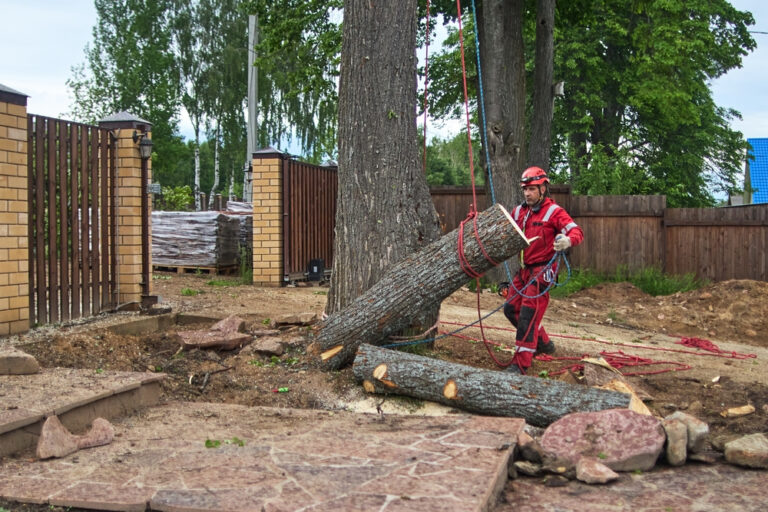Richmond, Virginia was recently hit by a storm that left damaged homes and displaced trees. Often dealing with urgent tree removal circumstances, residents were pushed to handle these crises fast. Emergency tree removal is quick response meant to stop damage to the environment, property, or persons. Knowing the reasons of these crises will enable Richmond citizens to get ready and handle them. This blog seeks to educate readers on the typical reasons behind emergency tree removal and provide direction on when to call in experts.
Richmond is particularly sensitive to tree-related crises because of its peculiar surroundings, which combine rich vegetation with old districts. While lovely, mature oak trees, tall pines, and other native species can become risks when storms or illness strike. This page will explore the particular difficulties Richmond citizens experience and offer practical advice to guarantee safety.
Common Causes of Emergency Tree Removal in Richmond, VA
Storms
Emergency tree removal in Richmond is mostly driven by storms. The humid temperature of the city and regular strong storms make trees vulnerable.
1- High Winds:
- Particularly with weak-root-based trees, strong winds can break branches or uproot entire trees.
- Particularly prone to wind damage are trees growing in open spaces or beside ridges.
- Debris scattered by wind storms adds to the cleanup difficulty and raises the need of expert tree removal.
2- Heavy Rain & Flooding:
- Extended rainfall softens the ground, therefore compromising the grip of tree roots.
- Reduced stability in flood-prone areas can cause trees to lean or fall.
- Particularly at risk during heavy rain, Richmond’s low-lying areas—including Shockoe Bottom—exacerbate tree-related problems.
3- Lightning Strikes:
- Lightning can fracture tree trunks or start flames, therefore causing major damage.
- Even trees that survive a lightning attack could have compromised buildings, therefore creating future hazards.
- Many times brittle, struck trees provide long-term risks if not quickly removed.
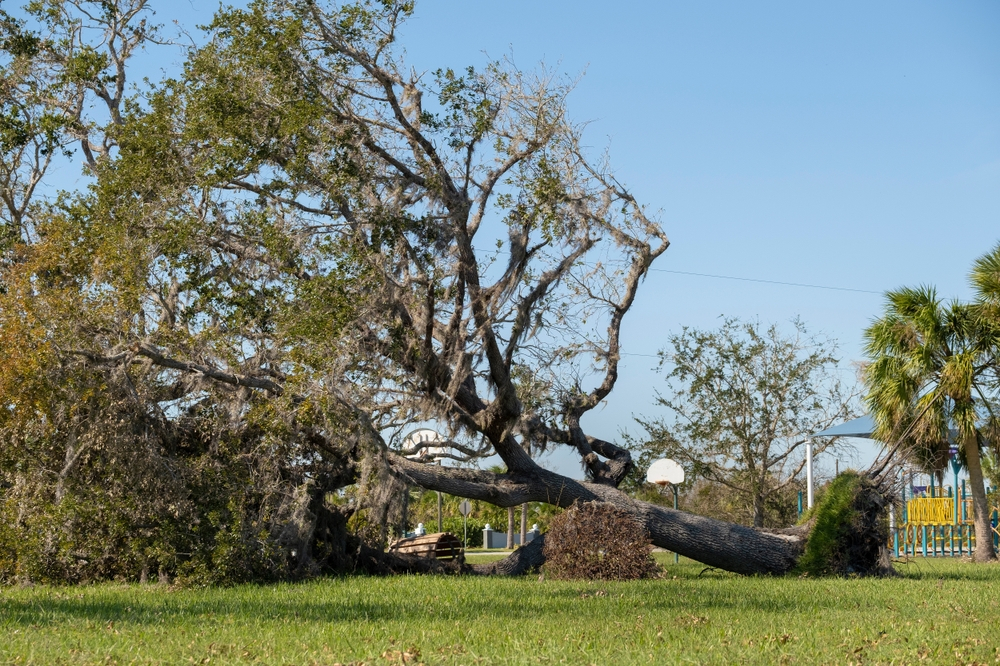
Disease & Pests
Often unseen until major harm results, tree diseases and pests are quiet threats.
1- Dutch Elm Disease & Oak Wilt:
- These fast spreading diseases can seriously weaken or kill trees.
- Particularly in storms, sickened trees become brittle and prone to breaking.
- With their mature elms and oaks, Richmond’s historic neighborhoods are especially vulnerable to these diseases, endangering both safety and the beauty of the city.
2- Insect Infestations:
- Pests damage tree health including bark beetles and emerald ash borers.
- Particularly in storms, infested trees might lose structural integrity.
- Early discovery is crucial since untreated infestations can affect surrounding trees and cause major problems.
Structural Issues
Tree structural issues can cause unexpected collapses.
1- Decaying Roots:
- Often hidden underground, root rot is challenging to find.
- Even without outside pressure, trees with rotting roots are quite likely to topple.
- Near tree roots, construction projects sometimes hasten degradation, therefore endangering stability.
2-Cavities & Hollows:
- Cavities weaken the trunk, thereby raising the break-through probability.
- Storms increase the danger to trees showing notable interior damage.
- Visible hollows in trees could attract animals, which raises more safety issues should removal become required.
Human Activity
Unintentionally compromising tree stability is what human activities do.
1- Improper Planting & Pruning:
- Tree weakening can result from improper tree trimming techniques or too close tree placement near buildings.
- Trees that have been poorly pruned are more vulnerable to storm and wind damage.
- Overzealous pruning or “topping” can cause trees to become unstable by throwing them off-balance.
2- Construction & Development:
- Many times, construction activities compromise tree roots, which causes long-term instability.
- Stress from changed soil conditions could affect trees close to new constructions.
- Often causing permanent harm, heavy machinery compaction of soil near roots increases failure risk.
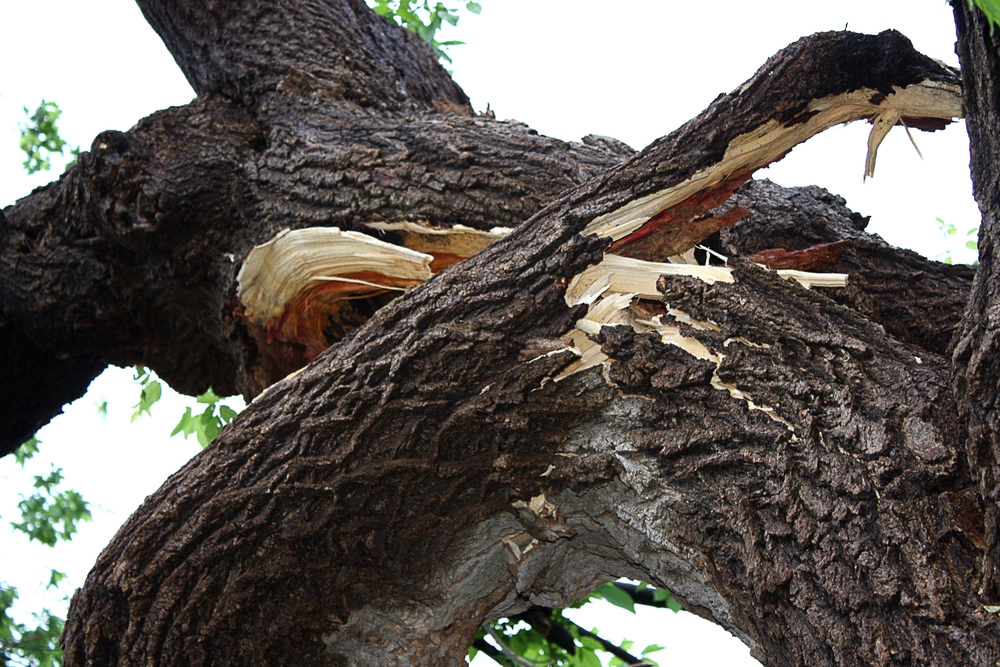
Signs That You May Need Emergency Tree Removal
Understanding the indicators of a dangerous tree helps to stop tragedies. Look for these indicators of trouble:
Leaning Trees:
- There is imminent danger when a tree leans noticeably one side.
- After a storm, especially concerning is sudden tilting.
- Leaning trees sometimes point to root damage, which can rapidly get worse without treatment.
Cracked or Split Trunks:
- Clearly visible cracks in the trunk point to serious structural vulnerability.
- Splits sometimes presage catastrophic tree failures, especially during bad weather.
- Even healthy trees might be unstable from big breaks, hence professional examination is quite important.
Extensive Branch Damage:
-
- Broken or dangling limbs could fall without warning.
- Trees damaged widely in their branches are dangerous, particularly in storms.
- Damage close to electricity lines increases the chance of outages and fires.
Fungus Growth:
- Growing fungus on the trunk or roots points to interior deterioration.
- Near the base of a tree, mushrooms sometimes indicate damaged roots.
- Unchecked fungal diseases can spread and damage surrounding trees as well as generate other risks.
Visible Root Damage:
- Exposed or damaged roots compromise a tree’s stability.
- Both erosion and construction can aggravate root issues.
- Often indicating an approaching fall, signs of root heaving or lifting soil are:
Trees Impinging on Power Lines or Structures:
- Trees contacting electrical lines cause urgent safety concerns.
- Branch overhanging close to buildings run the danger of damaging property.
- In these situations proactive removal is crucial to save expensive repairs and guarantee public safety.
When to Contact a Professional Arborist
Early response helps to avoid mishaps and lessen damage. Here is when one should consult a professional tree removal expert:
Any Signs of Imminent Danger:
- Call an arborist right away if a tree exhibits leaning, cracking, or branch damage.
- Delays can raise hazards to property as well as to life.
Uncertainty:
- See an expert if in doubt. Arborists can evaluate stability and general condition of trees.
- Professionals’ assessments sometimes reveal concealed hazards that would not be obvious to uneducated viewers.
Importance of Qualified Arborists:
- Hire experienced emergency tree removal certified arborists.
- Verify the business is insured and licensed to operate in Richmond.
- Expert arborists implement safety procedures, therefore lowering the hazards involved in removal.
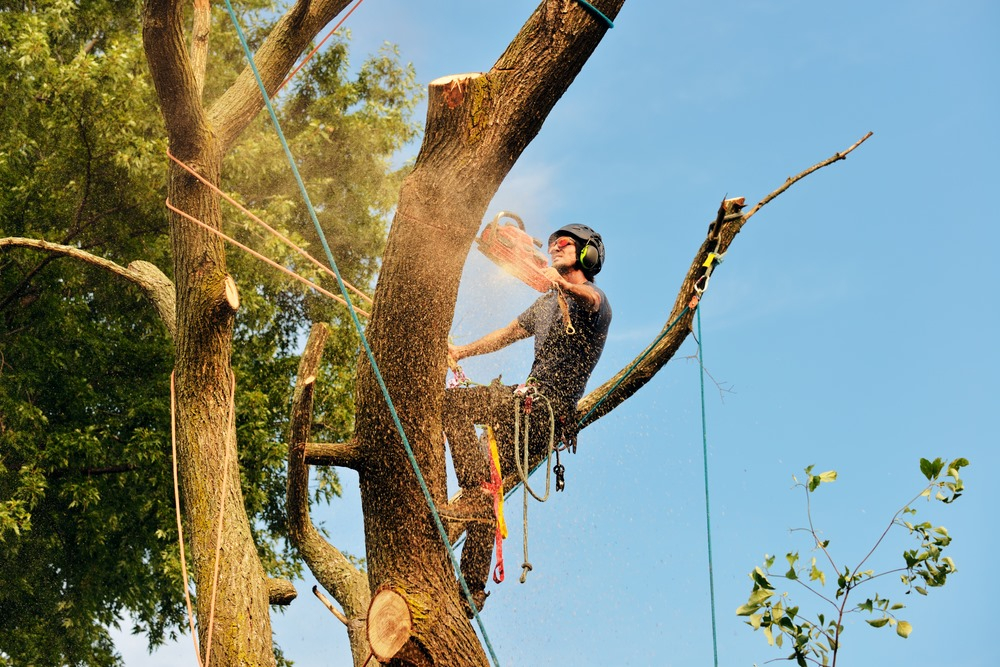
Conclusion
Knowing the common reasons of urgent tree removal helps Richmond citizens to act quickly and sensibly. From personal injury to material damage, delaying action can have dire results. See a qualified arborist if you spot any warning indicators. Their knowledge guarantees the security of your neighbourhood and property.
Act now to guard your house and loved ones against any tree risks. For a complete evaluation and quick assistance, get in touch with a Richmond reliable arborist.
Part of what makes Richmond unique are its energetic neighborhoods and roadway lined with trees. Maintaining the health and safety of its trees safeguards not only particular homes but also the community at large. Let us cooperate to keep our surrounds beautiful and safe.
